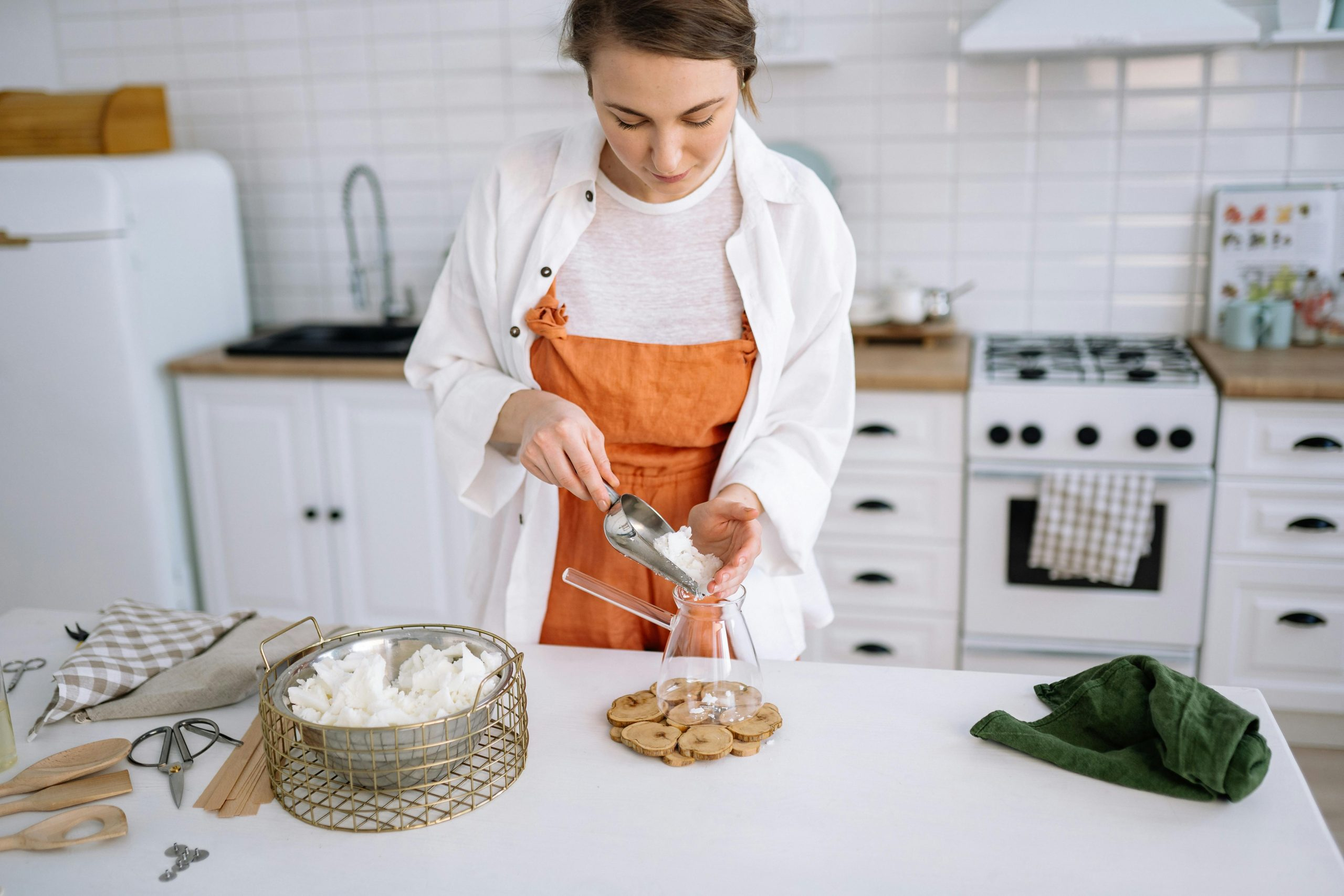The Art of Making Light and Airy Meringues Explained
Meringues are the quintessential dessert that have been delighting taste buds for centuries. These light and airy confections are made with just a few simple ingredients: egg whites, sugar, and a touch of cream of tartar. Yet, mastering the art of making perfect meringues that are crisp on the outside and delightfully fluffy on the inside can be a challenging task. However, with the right technique and some helpful tips, you too can create these delicate treats that will surely impress your guests. In this article, we will dive into the science behind making light and airy meringues and provide you with a step-by-step guide to achieving meringue perfection.
The Science Behind Meringues
Before we get into the technicalities, let’s first understand the science behind meringues. Meringues are essentially a foam made from whipping air into egg whites and sugar. The air bubbles created during whipping are stabilized by the egg whites, resulting in a light and airy texture. When the meringue is baked, the heat causes the air bubbles to expand and solidify, giving meringues their characteristic puffy appearance.
The Essential Ingredients
The three essential ingredients of meringues – egg whites, sugar, and cream of tartar – all play a crucial role in creating the perfect texture and stability.
Egg Whites
Egg whites are essentially the backbone of meringues. They are the main source of protein and are responsible for providing most of the structure and stability. The fresher the egg whites, the better results you will get. If possible, use egg whites that are at room temperature as they whip up smoother and faster.
Sugar
Sugar not only adds sweetness to meringues, but it also helps to stabilize the egg whites. Be sure to use superfine or caster sugar as it dissolves easily and results in a smoother texture. Adding sugar gradually while whipping the egg whites is key to achieving the perfect consistency.
Cream of Tartar
Cream of tartar, also known as tartaric acid, is an acidic byproduct of winemaking. It helps to stabilize the egg whites and increases their volume. If you don’t have cream of tartar, you can substitute it with lemon juice or vinegar.
The Technique
Now let’s get to the nitty-gritty of making light and airy meringues. Here’s a step-by-step guide to follow:
Clean and Dry Equipment
Before you start, make sure all your equipment – mixing bowl, whisk, and beaters – are clean and dry. Any moisture or grease can interfere with the stability of your meringue.
Separate the Egg Whites
It is crucial to separate the egg whites from the yolks carefully. Any traces of yolk in your whites can prevent them from whipping up properly. To be safe, crack each egg into a separate bowl before adding it to your mixing bowl.
Whip the Egg Whites
Add the egg whites to your clean and dry mixing bowl. Start whipping them on medium speed until they appear foamy. Then, gradually add the sugar, about a tablespoon at a time, while continuing to whip on medium speed. Once all the sugar is incorporated, increase the speed to high and whip until the egg whites form stiff and glossy peaks.
Check for Stiff Peaks
The most common mistake in making meringues is over or under-whipping the egg whites. Stop whipping when the egg whites form stiff peaks that stand straight up when the beaters are lifted. If you over-whip, the meringue will become clumpy and hard to work with.
Piping the Meringues
If you plan to pipe your meringues, transfer the meringue to a piping bag fitted with a nozzle of your choice. For a more rustic look, you can simply spoon the meringue onto a parchment-lined baking sheet.
Baking the Meringues
Bake your meringues in a preheated oven at 200°F for 1-1.5 hours, depending on the size of your meringues. Once done, turn off the oven and let them cool in the oven with the door slightly ajar. This will prevent them from cracking due to a sudden change in temperature.
Troubleshooting Tips
If your meringues turn out to be too flat or weepy, it could be because of a few reasons:
– Over-whipping or under-whipping the egg whites
– Adding sugar too quickly or not enough
– Baking at too high or too low temperature
– Not letting meringues cool in the oven with the door ajar
Final Thoughts
Meringues are not only a delicious dessert, but they are also a work of art. With the right knowledge and technique, you can successfully master the art of making light and airy meringues. Remember to follow the steps carefully, and don’t be afraid to experiment with flavors and shapes. So the next time you want to impress your guests with a stunning dessert, don’t hesitate to whip up a batch of meringues. Happy baking!










